Every child deserves protection, dignity, and opportunity. The Convention on the Rights of the Child is a global promise to protect the most vulnerable. It shapes young lives and opens doors for the future.
The rights of the child are more than laws. They are promises from society to its youngest members. This treaty turns these promises into real protections. It ensures children everywhere can grow, learn, and thrive in safe places.
Learning about the Convention on the Rights of the Child helps us all. It teaches parents, teachers, and communities to support children’s well-being. It gives us a clear guide on how to help children grow and stay safe.
Key Takeaways
- The CRC is a universal international human rights treaty
- Children’s rights encompass protection, education, and development
- The convention applies to all children under 18 years old
- It establishes minimum standards for child welfare globally
- Governments are responsible for implementing these rights
Understanding the Convention on the Rights of the Child
The Convention on the Rights of the Child is a major international treaty. It changed how we protect children’s rights around the world. It sets up basic protections for kids everywhere, making sure they are treated with dignity and given a chance to grow.
Protecting children’s rights is more than just laws. It’s a way to keep the most vulnerable safe. The treaty helps us understand and protect children’s rights in many different places and cultures.
Historical Background and Development
The journey of the Convention on the Rights of the Child started after World War II. Leaders worldwide saw the need to protect kids from harm and ensure their basic rights. Important steps included:
- 1959: United Nations Declaration of the Rights of the Child
- 1979: International Year of the Child sparked global discussions
- 1989: Official adoption of the convention by the UN General Assembly
Key Principles and Objectives
The treaty sets out key principles for protecting and caring for children. These main goals are:
- Non-discrimination of children
- Best interests of the child as a primary consideration
- Right to life, survival, and development
- Respect for children’s views and perspectives
Global Implementation Status
Today, the treaty is the most widely accepted human rights agreement. Nearly every country has promised to protect children’s rights. This has built a strong global network for child advocacy and protection.
Understanding this treaty helps us support and improve children’s rights in our communities and globally. By recognizing these basic protections, we can work together to make safer, more supportive places for young people everywhere.
Rights of the Child: Fundamental Principles and Protections
The Convention on the Rights of the Child sets up key protections for kids. These protections cover many areas of their lives. It’s important for parents, teachers, and community members to know about these rights.
Key fundamental principles of child rights include:
- Right to survival and development
- Right to protection from harm
- Right to education
- Right to participate in decisions affecting them
- Right to non-discrimination
Child protection frameworks give kids the support they need. They focus on physical, emotional, and psychological well-being. This helps create safe places for kids to grow and succeed.
| Right Category | Key Protection Mechanisms |
|---|---|
| Physical Safety | Legal restrictions on abuse, mandatory reporting |
| Educational Access | Free public education, specialized learning support |
| Healthcare | Comprehensive medical services, preventive care |
Getting involved in supporting these rights can make a big difference. By seeing kids as having inherent dignity and worth, we can build strong child protection plans. This helps shape the future of our communities.
The Impact of CRC on Child Protection Worldwide
The Convention on the Rights of the Child (CRC) has changed how we protect kids worldwide. It has made a big difference for vulnerable children in many countries. The CRC sets global standards for keeping children safe and ensuring their rights are respected.
Child protection efforts have shown great success globally. Governments and groups have worked hard to tackle big issues affecting kids.
Success Stories and Achievements
Many countries have shown great dedication to child welfare. They’ve created new programs and laws to help kids:
- They’ve cut down on child labor in poor countries.
- They’ve made it easier for kids who are often left out to go to school.
- They’ve made laws stronger to protect kids from abuse.
Challenges and Areas for Improvement
Even with big steps forward, protecting kids is tough. Some big challenges include:
- Not enough money for programs to help kids.
- Some cultures make it hard to fully protect kids.
- Places with less money struggle to help kids.
Role of International Organizations
Groups like UNICEF are key in helping protect kids. They help governments create plans that fit local needs but also meet global standards.
“Protecting children is not just a responsibility, but a fundamental commitment to our shared human future.” – UNICEF Representative
Your support for child protection can really help make the world safer for kids.
Child Welfare and Development Under the Convention
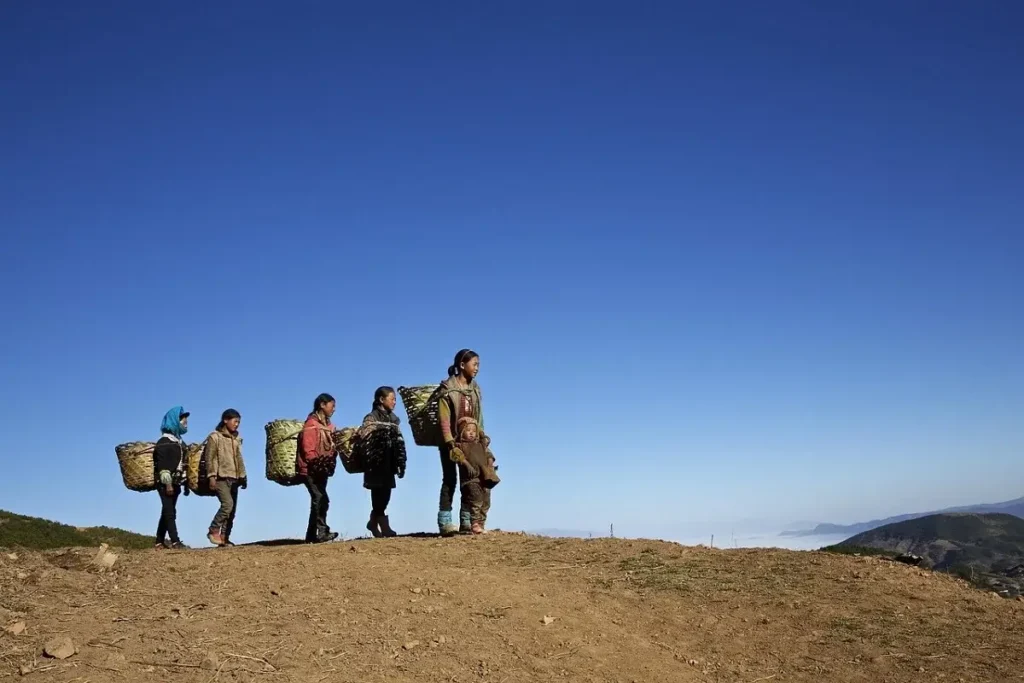
The Convention on the Rights of the Child (CRC) sets a clear path for child welfare and development. It ensures children get the care they need for their physical, emotional, and social growth. This care is essential for their well-being.
Key aspects of child development protected by the CRC include:
- Ensuring access to quality healthcare
- Promoting educational opportunities
- Protecting children from abuse and exploitation
- Supporting mental and emotional well-being
The CRC sees child welfare as more than just survival. It aims to create spaces where children can grow, learn, and reach their highest abilities. Comprehensive child development requires integrated approaches that address multiple dimensions of a child’s life.
Governments and organizations worldwide follow the CRC to create better programs and policies. These efforts aim to enhance children’s abilities, safeguard their rights, and support their growth.
Every child deserves the opportunity to thrive and reach their full potentials.
By focusing on child welfare and development, the CRC helps build stronger, more educated, and emotionally stable generations. It’s a powerful tool for ensuring children’s rights and well-being, no matter where they come from.
Preventing Child Labor and Trafficking Through CRC
The Convention on the Rights of the Child (CRC) is a strong defense against child labor and trafficking. These are big problems that need big solutions and a strong commitment from everyone.
Children face many dangers, including exploitation. Child labor and trafficking take away their childhood, education, and dignity.
International Labor Standards
The CRC sets tough rules to fight child labor:
- It sets minimum ages for work in different fields.
- It bans dangerous jobs for kids.
- It makes sure work is safe when kids must work.
Anti-trafficking Measures
Stopping child trafficking needs smart, detailed plans. Important steps include:
- Improving checks at borders.
- Creating strong laws.
- Helping victims recover.
“Every child deserves protection from exploitation and dangerous labor conditions.” – UNICEF Representative
Enforcement Mechanisms
Countries must have strong plans to enforce the CRC. These include:
- Regular reports.
- Working together internationally.
- Severe penalties for breaking the rules.
Learning about these important protections helps keep children safe. You can help stop child labor and trafficking in your area.
Child Advocacy and Implementation in the United States
The United States is in a special spot when it comes to the Convention on the Rights of the Child (CRC). It’s one of the few countries that hasn’t officially joined this global agreement. Yet, groups all over the country are fighting hard for kids’ rights and well-being.
To understand child advocacy in the US, you need to see the complex world of protecting kids’ rights. Even though the country hasn’t signed the CRC, many groups work hard to help kids through other ways.
- National child advocacy networks actively promote children’s rights
- State-level organizations develop targeted protection strategies
- Legal frameworks support child protection initiatives
Key areas of focus for child advocacy in the United States include:
- Preventing child abuse and neglect
- Ensuring educational opportunities
- Protecting children from exploitation
- Supporting mental and physical health services
“Every child deserves a champion – an adult who will never give up on them, who understands the power of connection and insists that they become the best version of themselves.” – Rita Pierson
If you’re passionate about child advocacy, you can help out in many ways. Join local groups, volunteer, or support your community. Your help can really make a difference in protecting and empowering kids’ rights.
Supporting Child Safety and Protection in Your Community
Keeping children safe is a job for everyone in the community. It’s about being aware, committed, and taking action. By using local resources and supporting child protection, you can help protect young people.
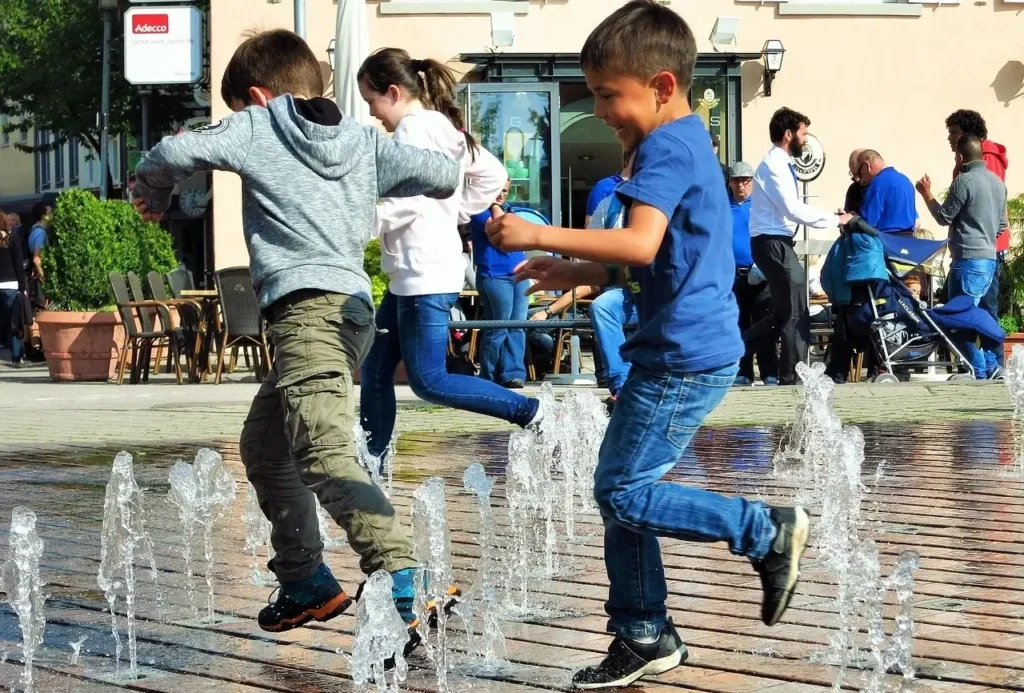
Starting child protection means knowing where to get help. Local groups are key in keeping kids safe with their programs and networks.
Local Resources and Organizations
Your area has many groups focused on child safety:
- Child welfare agencies
- Local police departments
- School counseling services
- Nonprofit child advocacy centers
Reporting Mechanisms
It’s important to spot signs of child abuse or neglect. If you think a child is in danger, call these places:
- National Child Abuse Hotline: 1-800-422-4453
- Local child protective services
- Law enforcement emergency line (911)
Community Engagement Opportunities
You can help protect children in many ways:
| Engagement Type | Impact Level |
|---|---|
| Volunteer at youth centers | High |
| Support local awareness campaigns | Medium |
| Attend community safety workshops | Medium |
| Mentor at-risk youth | High |
“Every child deserves a safe community where they can grow, learn, and thrive.” – Child Protection Network
Remember, your awareness and action can protect children from harm. This makes the future safer for all.
The Future of Children’s Rights and CRC Evolution
The world of children’s rights is changing fast. This change is due to new technologies, climate issues, and how we connect globally. The Convention on the Rights of the Child (CRC) is at a key point, ready to adapt and grow.
New priorities for children’s rights include:
- Digital safety and privacy protection
- Environmental justice and climate resilience
- Mental health and psychological well-being
- Technological access and digital literacy
People around the world are working to add new protections for kids. Technology has changed how kids interact, learn, and grow. We need new ways to keep their rights safe.
“The future of children’s rights lies in our ability to anticipate and proactively address emerging global challenges.” – UNICEF Research Division
Your help is important. To support children’s rights, we need to keep learning, speak up, and work together. We must create places where kids can grow and succeed in a complex world.
The next ten years will bring big changes in how we protect children’s rights. We will focus on keeping kids safe in a world filled with technology.
Conclusion
The Convention on the Rights of the Child is a strong promise to protect the world’s most vulnerable. By learning about children’s rights, you can help make a big difference. Every small action helps in a global effort to value young lives and their future.
Children’s rights are more than just laws; they are the foundation for the next generation. Your involvement can change communities, making them safer for kids to learn and grow. Protecting children’s rights needs ongoing education, advocacy, and your active support.
Supporting the Convention on the Rights of the Child means believing every child deserves respect and chances. By getting involved locally and raising global awareness, we can build a more inclusive world. Your dedication to children’s rights can lead to big positive changes in society.
Remember, protecting children is a job we all share. Stay updated, support groups that help kids, and speak up for those who can’t. Together, we can build a brighter, fairer future where every child’s dreams are supported and protected.
FAQ
What is the Convention on the Rights of the Child (CRC)?
The Convention on the Rights of the Child is a global treaty. It was adopted by the United Nations in 1989. It outlines the basic rights of children under 18, including survival, development, protection, and participation in society.
Why hasn’t the United States ratified the Convention on the Rights of the Child?
The U.S. hasn’t ratified the CRC due to concerns about conflicts with U.S. laws. There are also fears about limits on parental rights. Yet, many U.S. child advocacy groups push for ratification and work to apply the convention’s principles.
How does the CRC protect children from labor and trafficking?
The Convention sets minimum ages for work and bans hazardous labor. It requires countries to prevent child exploitation. It also mandates legal and social safeguards to protect children from economic exploitation and dangerous work.
What are the key principles of the Convention on the Rights of the Child?
The CRC is based on four key principles. These are non-discrimination, the best interests of the child, the right to life, survival, and development, and respect for the child’s views. These principles ensure children receive equal treatment, protection, and opportunities to grow and thrive.
How can I support children’s rights in my community?
You can support children’s rights by joining local child advocacy groups. You can also report suspected child abuse or neglect. Volunteering with youth programs, supporting educational initiatives, and staying informed about children’s issues are all ways to help. Every individual can make a difference by raising awareness and actively protecting children’s rights.
What specific rights does the CRC guarantee for children?
The Convention guarantees many rights, including education, healthcare, protection from abuse, and access to information. It also ensures children’s freedom of expression, privacy, and family life. It gives children the chance to develop fully and participate in society.
How do international organizations help implement the CRC?
Organizations like UNICEF, Save the Children, and the UN Committee on the Rights of the Child help implement the CRC. They monitor compliance, provide support, and develop strategies. They conduct research, offer technical assistance, and help countries develop policies that protect and promote children’s well-being.
What challenges remain in implementing the Convention on the Rights of the Child?
Challenges include child poverty, limited access to education, child labor, and sexual exploitation. Armed conflict and inadequate healthcare also remain issues. Cultural barriers, economic constraints, and political instability hinder the full implementation of the CRC’s principles.


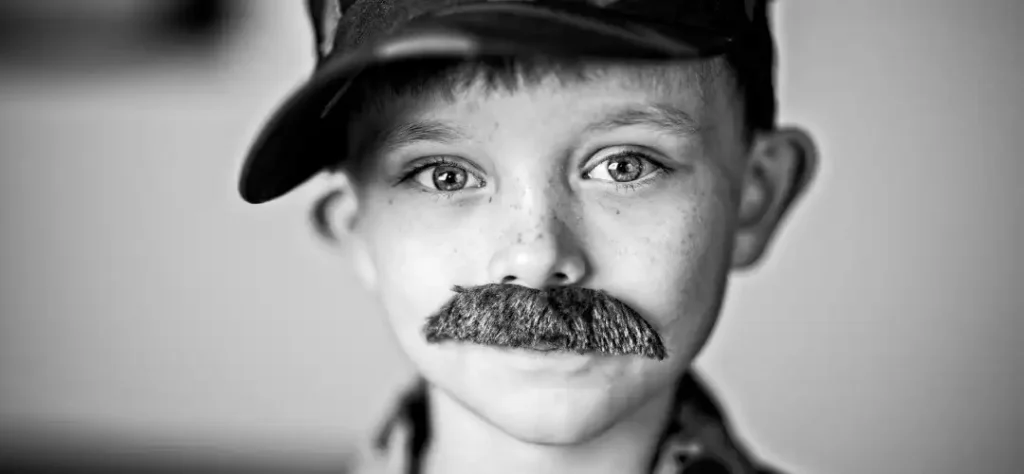
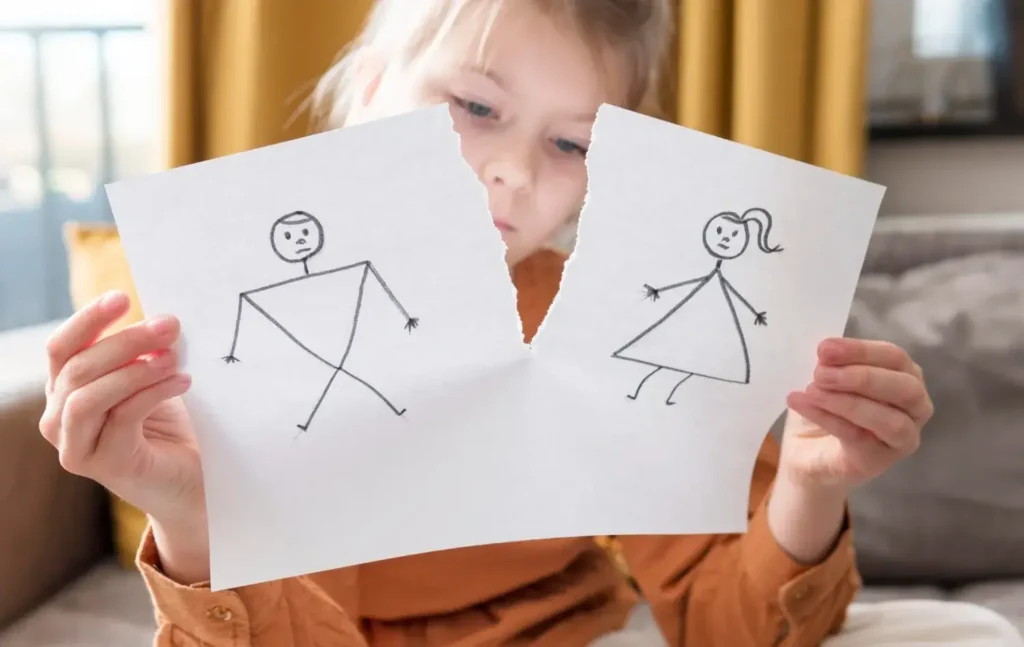


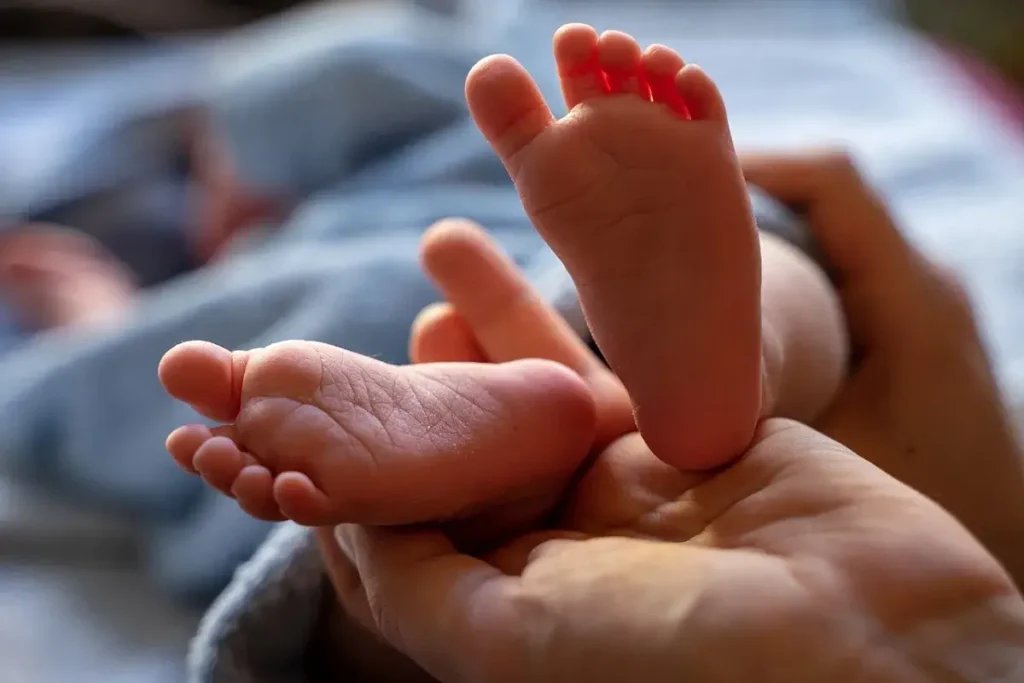

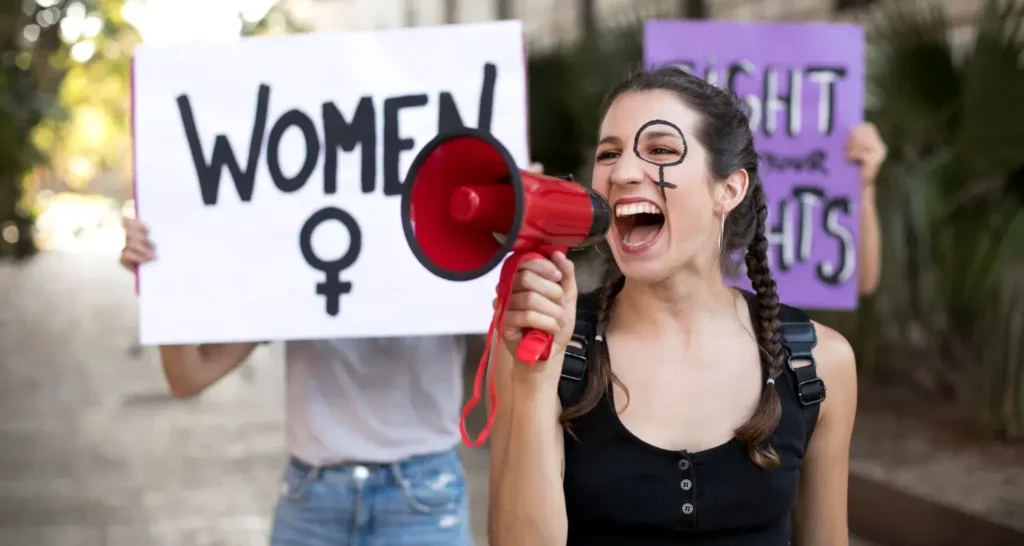

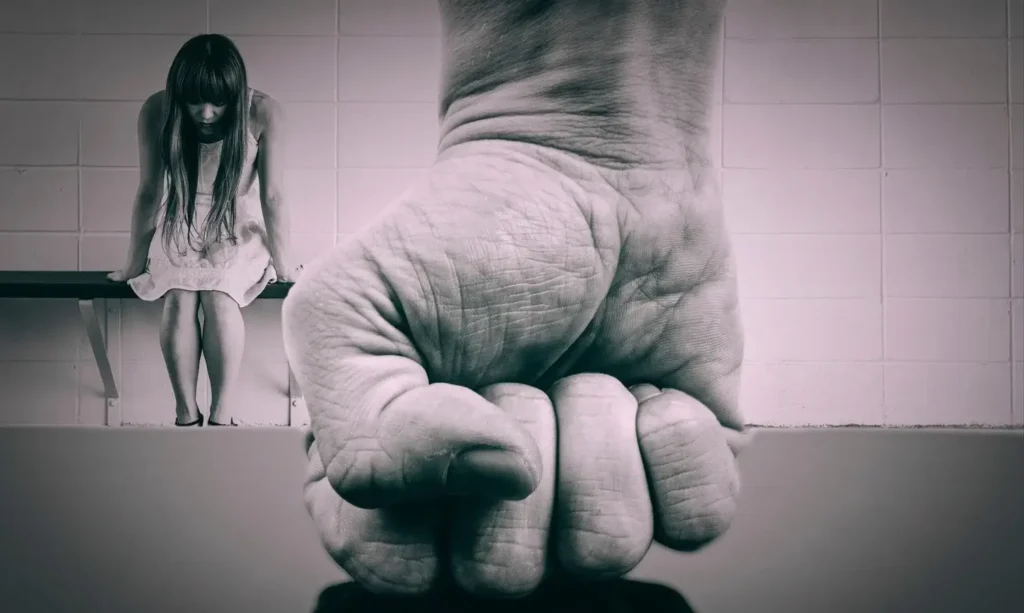
1 thought on “Convention on the Rights of the Child (CRC)”